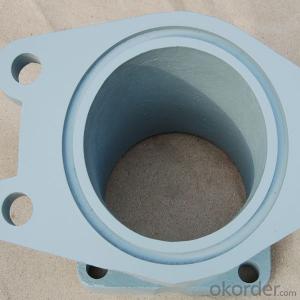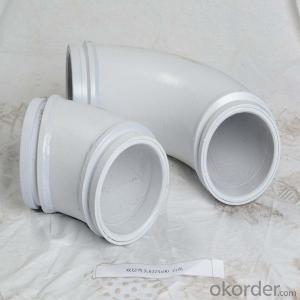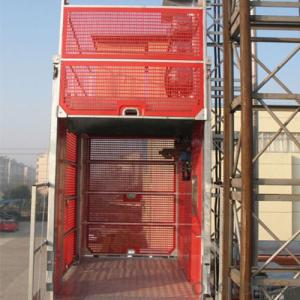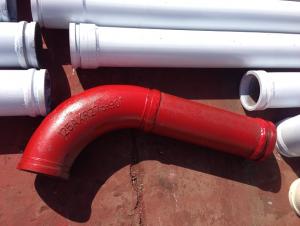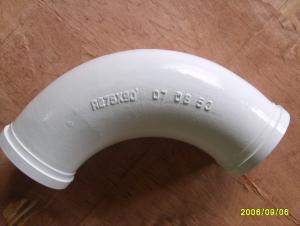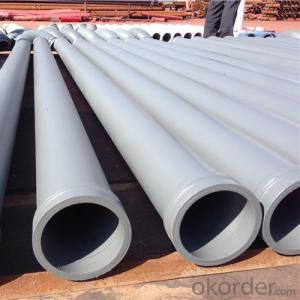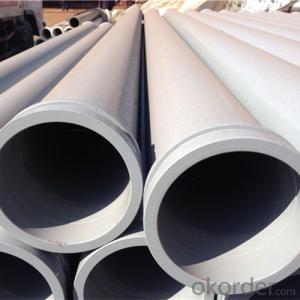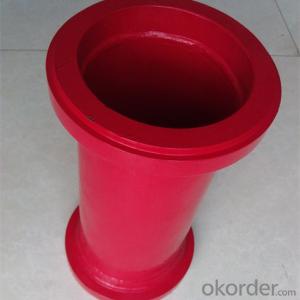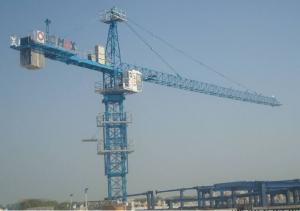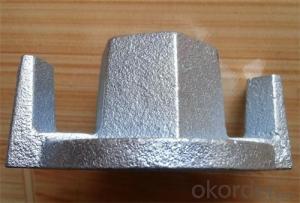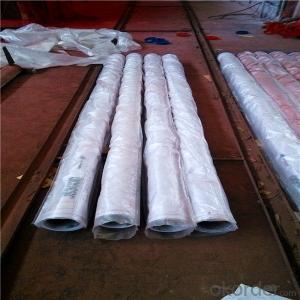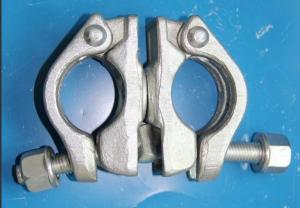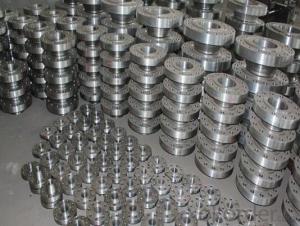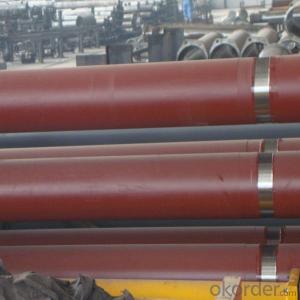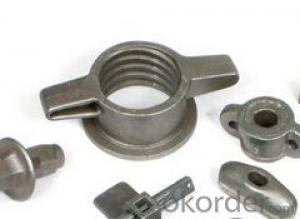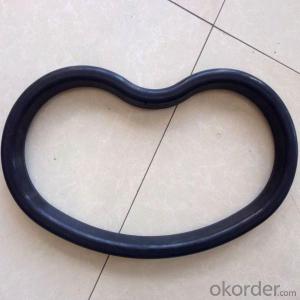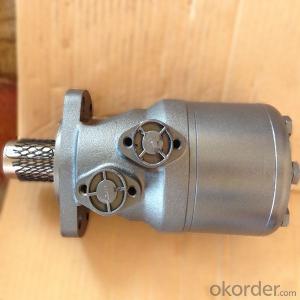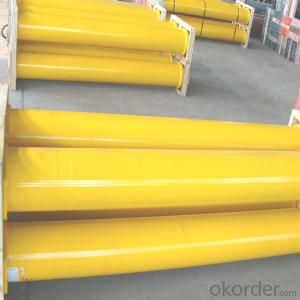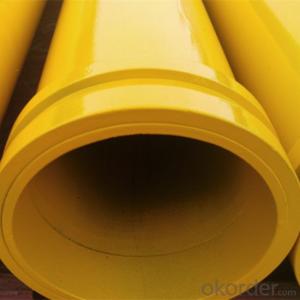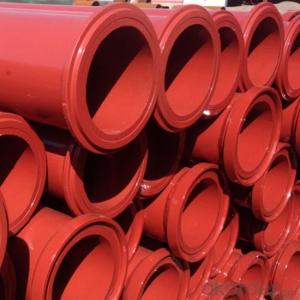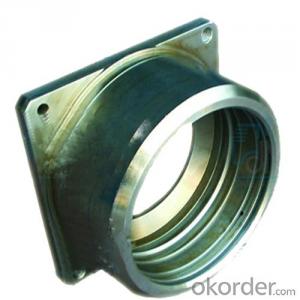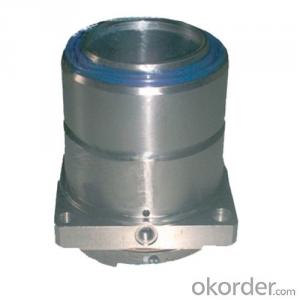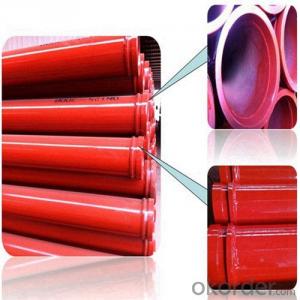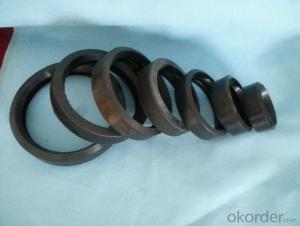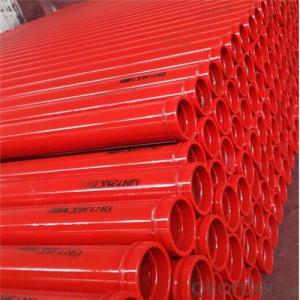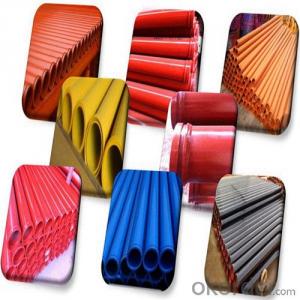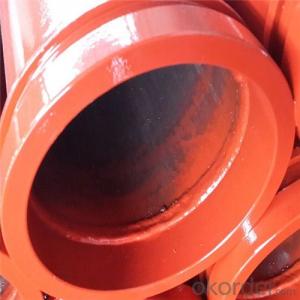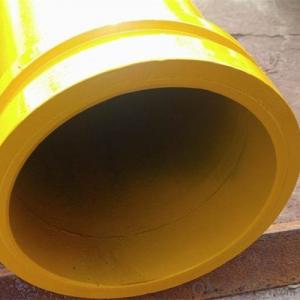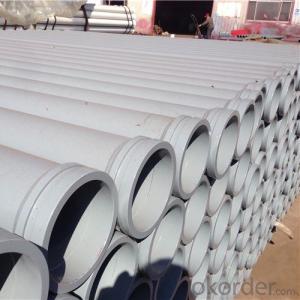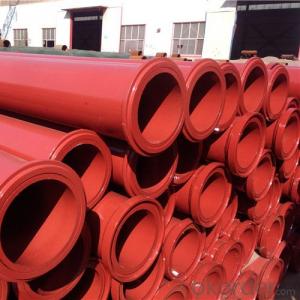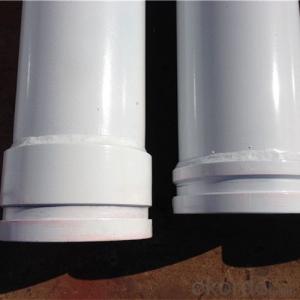Schwing Parts
Schwing Parts Related Searches
Lg Refrigerator Stainless Steel Lg Stainless Steel Refrigerator Aircraft Construction Industrial Electric Generators Electric Door Closers Decorative Electric Fires French Door Replacement Parts Electric Indoor Fireplaces Besam Door Parts Lg Air Conditioner Spare PartsHot Searches
Solar Inverter Spare Parts Schneider Solar Inverter Price Electric Jug Price Wholesale Electrical Parts Electric Cattle Online Electric Heaters Online Aircon Parts Supplier Buy Electronic Parts Online Electronic Parts Online Shopping Ge Appliance Parts Store Locator Kenmore Appliance Parts Store LocatorSchwing Parts Supplier & Manufacturer from China
Okorder.com is a professional Schwing Parts supplier & manufacturer, offers integrated one-stop services including real-time quoting and online cargo tracking. We are funded by CNBM Group, a Fortune 500 enterprise and the largest Schwing Parts firm in China.Hot Products
FAQ
- There are several factors to consider when determining if a concrete pump pipe needs to be replaced. 1. Visual Inspection: Conduct a thorough visual inspection of the pipe. Look for any cracks, damage, or signs of wear and tear. Pay particular attention to the ends of the pipe where it connects to the pump and nozzle, as these areas are more prone to damage. 2. Performance: Observe the performance of the concrete pump. If you notice a decrease in pumping efficiency, such as reduced output or difficulties in maintaining pressure, it could indicate a problem with the pipe. Additionally, if there is excessive leakage or blockages in the pipe, it may be a sign that replacement is necessary. 3. Age and Usage: Consider the age of the pipe and the amount of usage it has undergone. Concrete pump pipes have a limited lifespan, and with time and extensive use, they can become worn out and lose their structural integrity. If the pipe is old and has been used extensively, it may be time to replace it. 4. Regular Maintenance and Repairs: If the pipe has undergone frequent repairs or maintenance, it could be an indication that it is nearing the end of its lifespan. While regular maintenance can prolong the life of a concrete pump pipe, if it has reached a point where repairs are becoming more frequent and costly, it may be more cost-effective to replace it. 5. Safety Considerations: Safety should be a top priority when determining if a concrete pump pipe needs replacement. If there are any significant structural issues or concerns about the pipe's ability to handle the pressure, it is essential to replace it to avoid any potential accidents or hazardous situations. Ultimately, the decision to replace a concrete pump pipe should be based on a combination of visual inspection, performance evaluation, age, usage, regular maintenance, and safety considerations. It is advisable to consult with a professional or experienced technician who can assess the pipe's condition and provide expert advice on whether replacement is necessary.
- To ensure optimal performance and prevent potential breakdowns, it is important to regularly inspect and maintain the hopper agitator shafts in a concrete pump. The frequency of inspection or replacement depends on factors such as pump usage and operating conditions. As a general rule, it is recommended to inspect the hopper agitator shafts every three to six months. During the inspection, check for signs of wear, damage, or misalignment. If any issues are found, take appropriate measures such as lubricating, realigning, or replacing damaged parts. However, it is crucial to consider the intensity of use, the materials being pumped, and the overall condition of the pump when determining the inspection frequency. For example, if the pump is used heavily or operates continuously, it may be necessary to inspect the agitator shafts on a monthly basis. Regular maintenance and inspection of hopper agitator shafts not only ensure smooth operation but also extend the equipment's lifespan. Detecting and resolving issues in a timely manner can prevent costly repairs or downtime in the future. Additionally, following the manufacturer's maintenance recommendations and guidelines can optimize performance and reliability.
- The purpose of a concrete pump hydraulic accumulator bladder is to store and release hydraulic energy, resulting in smoother and more efficient operation of the concrete pump.
- Some indications of a faulty control lever may include difficulty in shifting gears, a loose or wobbly lever, or the lever not returning to its original position after being released. Other signs could be grinding or crunching noises when engaging the lever, or if the lever feels sticky or unresponsive.
- The purpose of a concrete pump hydraulic oil filter is to remove contaminants and impurities from the hydraulic oil used in the pump system. Hydraulic oil is crucial for the proper functioning and longevity of the pump, as it provides the necessary lubrication and cooling for the hydraulic components. However, over time, the oil can become contaminated with dirt, debris, and other particles that can cause damage and reduce the efficiency of the pump. The hydraulic oil filter is designed to trap and remove these contaminants, ensuring that only clean and filtered oil is circulated throughout the system. By doing so, it helps to maintain the performance and reliability of the concrete pump, preventing potential breakdowns, and extending the lifespan of the hydraulic components.
- Maintaining and cleaning concrete pump spare parts is essential to ensure their longevity and smooth functioning. Here are some steps you can follow to maintain and clean your concrete pump spare parts: 1. Regular Inspection: Begin by inspecting the spare parts for any signs of wear and tear, cracks, or damage. This step will help identify any potential issues that need immediate attention. 2. Lubrication: Apply lubricant to moving parts such as bearings, pistons, and cylinders. Lubrication helps reduce friction and prevents parts from seizing up. 3. Cleaning: Use a high-pressure washer or hose to clean the spare parts thoroughly. Remove any dirt, debris, or concrete residue that may have accumulated on the parts. Pay special attention to hard-to-reach areas. 4. Rust Prevention: Apply a rust preventive coating to metal parts to protect them from corrosion. This step is crucial, especially if the spare parts are exposed to moisture or harsh weather conditions. 5. Proper Storage: Store the spare parts in a clean and dry area to prevent them from getting exposed to moisture, dust, or other contaminants. Avoid stacking them directly on the ground to prevent damage. 6. Regular Maintenance: Create a maintenance schedule and stick to it. Follow the manufacturer's guidelines for routine maintenance tasks such as replacing filters, checking oil levels, and inspecting seals. Regular maintenance helps detect any potential issues before they become major problems. 7. Professional Assistance: If you are unsure about maintaining or cleaning certain spare parts, it is advisable to seek professional assistance. Concrete pump spare parts are intricate and require expertise to handle correctly. Remember, proper maintenance and regular cleaning of concrete pump spare parts not only ensure their longevity but also contribute to the overall performance and efficiency of your concrete pump.
- To find the specific spare parts you require for your concrete pump, you can follow these guidelines: 1. Refer to the user manual: Begin by consulting the user manual provided by the manufacturer. This manual typically includes a comprehensive list of parts, along with their respective numbers and descriptions. It may also feature diagrams or illustrations to aid in identifying the necessary spare parts. 2. Get in touch with the manufacturer: Reach out to the manufacturer of your concrete pump. They possess the most accurate and up-to-date information regarding spare parts for your particular model. Provide them with the model number and any other relevant details to ensure precise identification of the required parts. 3. Connect with authorized dealers or distributors: If the manufacturer cannot directly provide you with the spare parts, they can often direct you to authorized dealers or distributors. These professionals specialize in concrete pump parts and can assist you in identifying the specific spare parts you need. Share the model number and any other pertinent details to aid them in locating the correct parts. 4. Capture images or dimensions: If you are unable to find the necessary information through the manual, manufacturer, or authorized dealers, you can take pictures or measurements of the damaged or worn-out parts. This will help visually identify the parts and provide accurate dimensions, which can be shared with suppliers or industry experts who may be able to offer further assistance. 5. Conduct online research: Utilize online resources such as parts catalogs, forums, or websites dedicated to concrete pump spare parts. These platforms often have extensive databases and knowledgeable communities that can help you identify the specific spare parts you require. Search for your concrete pump model and explore the available resources to find the relevant parts. Remember to prioritize quality and authenticity when purchasing spare parts for your concrete pump. It is crucial to buy from reputable sources to ensure the durability and longevity of your equipment.
- Troubleshooting common problems with concrete pump spare parts can be done through a systematic approach. Here are some steps to help you identify and resolve issues: 1. Identify the problem: Start by observing the symptoms and identifying the specific issue you are facing. This can include leaks, reduced pumping efficiency, abnormal noise, or power failure. 2. Check for clogs or blockages: Inspect the pump's hoses, pipes, and valves for any clogs or blockages that may be hindering the flow of concrete. Clear out any debris or obstructions that you find. 3. Inspect the wear parts: Examine the wear parts such as the pump's pistons, seals, or gaskets. Look for signs of wear and tear, cracks, or damage. If necessary, replace any worn-out parts. 4. Check for air leaks: Air leaks can affect the pump's performance and efficiency. Inspect the fittings, connections, and seals for any signs of air leakage. Tighten loose fittings or replace faulty seals as needed. 5. Ensure proper lubrication: Lack of lubrication can cause friction and damage to the pump's moving parts. Check the lubrication system and ensure that it is functioning properly. Add lubricant if necessary. 6. Verify electrical connections: If you are experiencing power failure or electrical issues, check the electrical connections of the pump. Look for loose or damaged wires and connections. Repair or replace any faulty components. 7. Consult the manufacturer's manual: The manufacturer's manual can provide valuable troubleshooting information specific to your concrete pump spare parts. Refer to the manual to understand the recommended maintenance procedures and troubleshooting steps. 8. Seek professional assistance if needed: If you are unable to identify or resolve the issue on your own, it is advisable to seek professional assistance. Contact a qualified technician or the manufacturer's customer support for further guidance and support. Remember, regular maintenance and proper usage of concrete pump spare parts can minimize the occurrence of problems.
